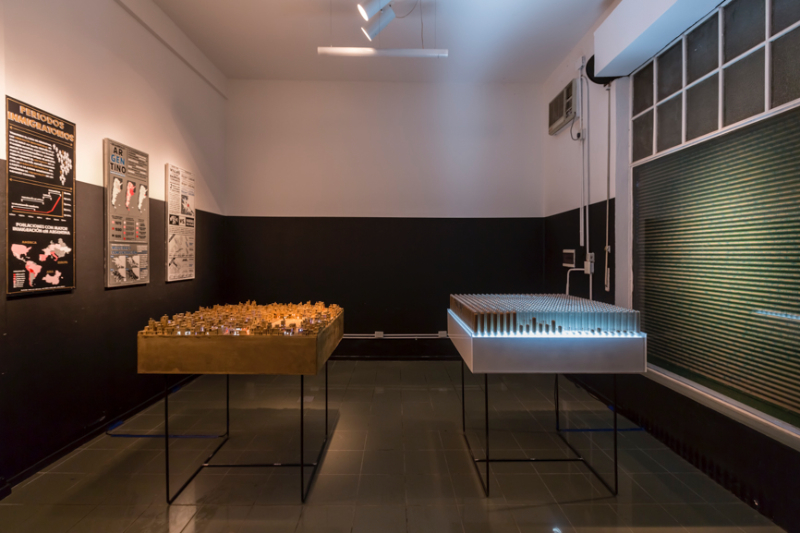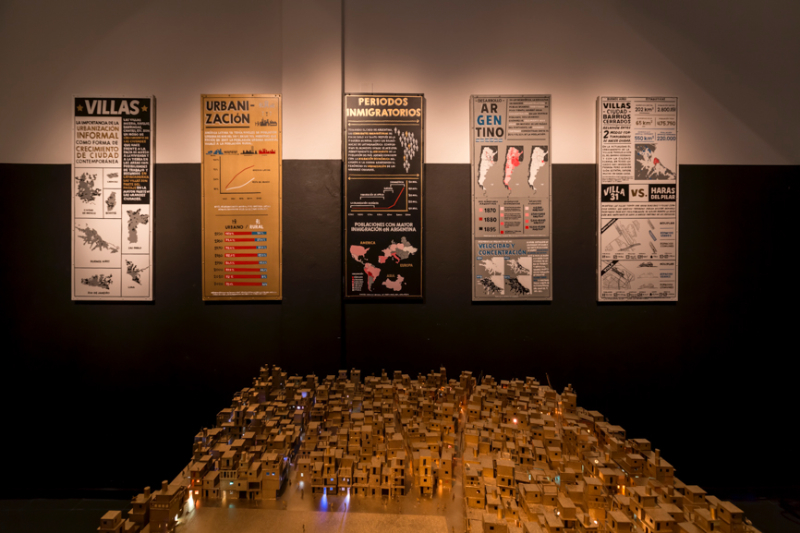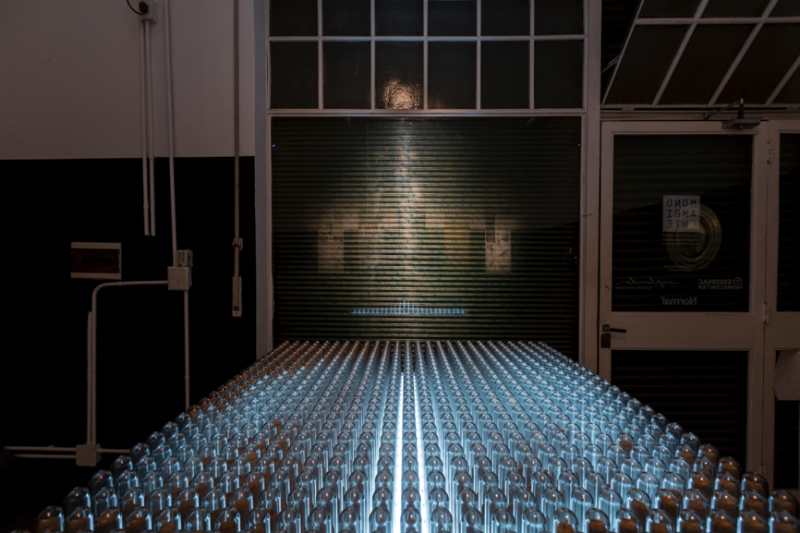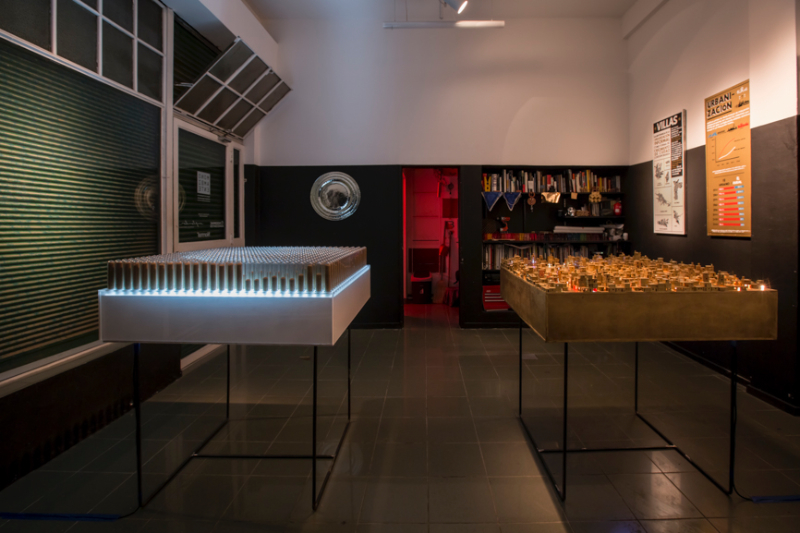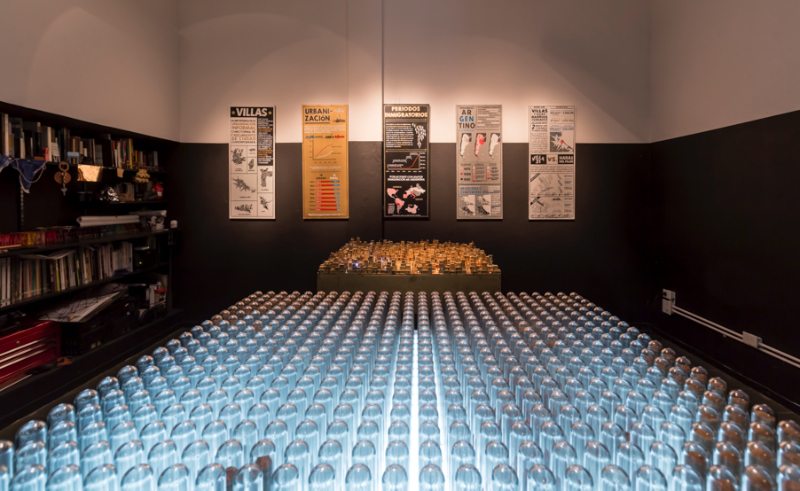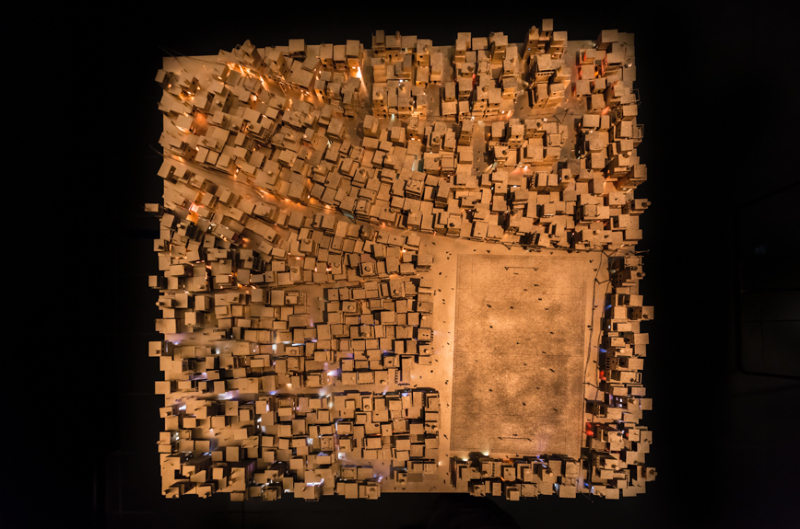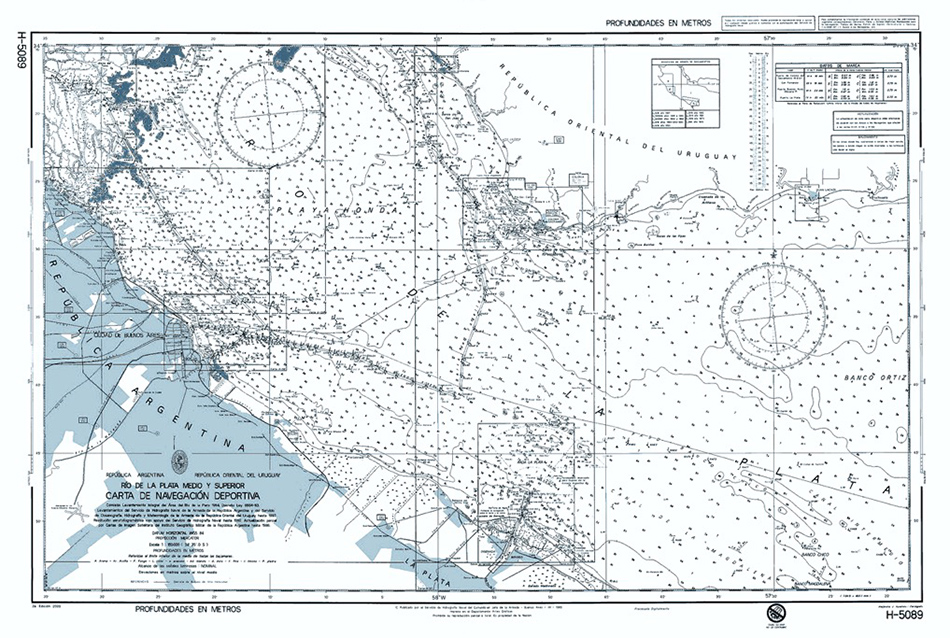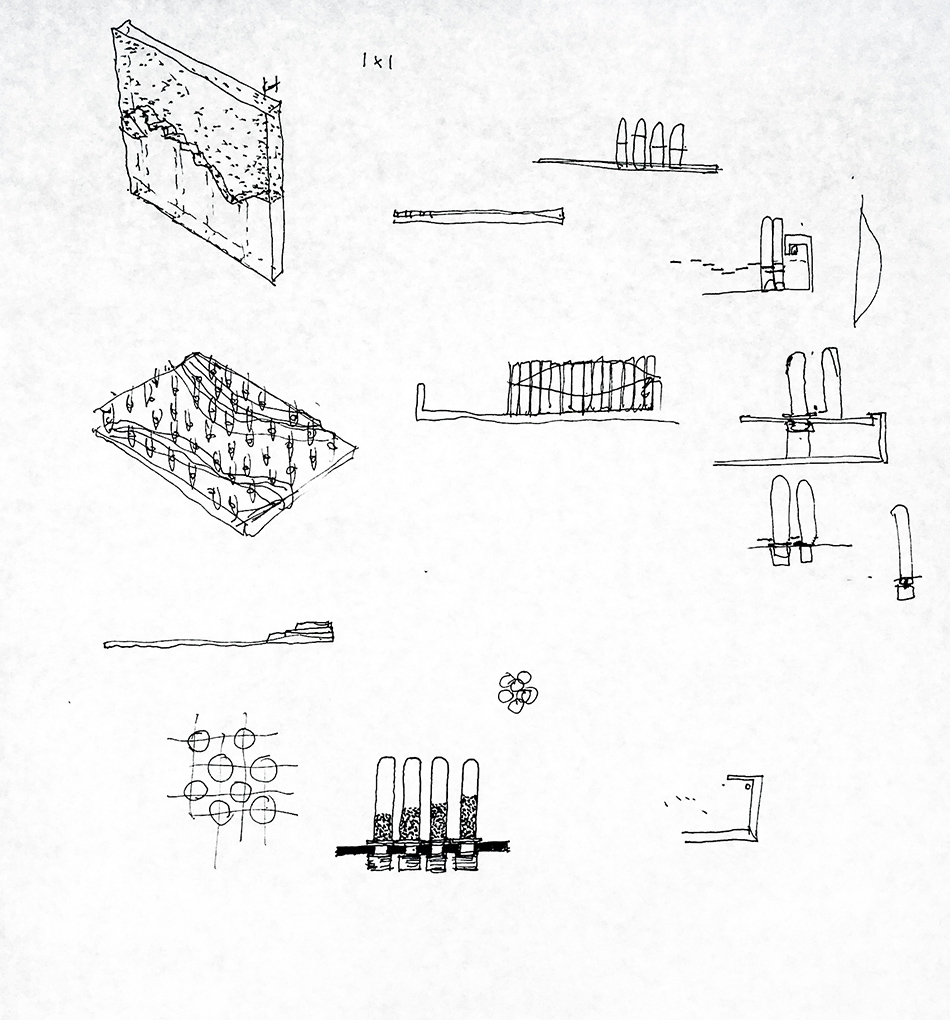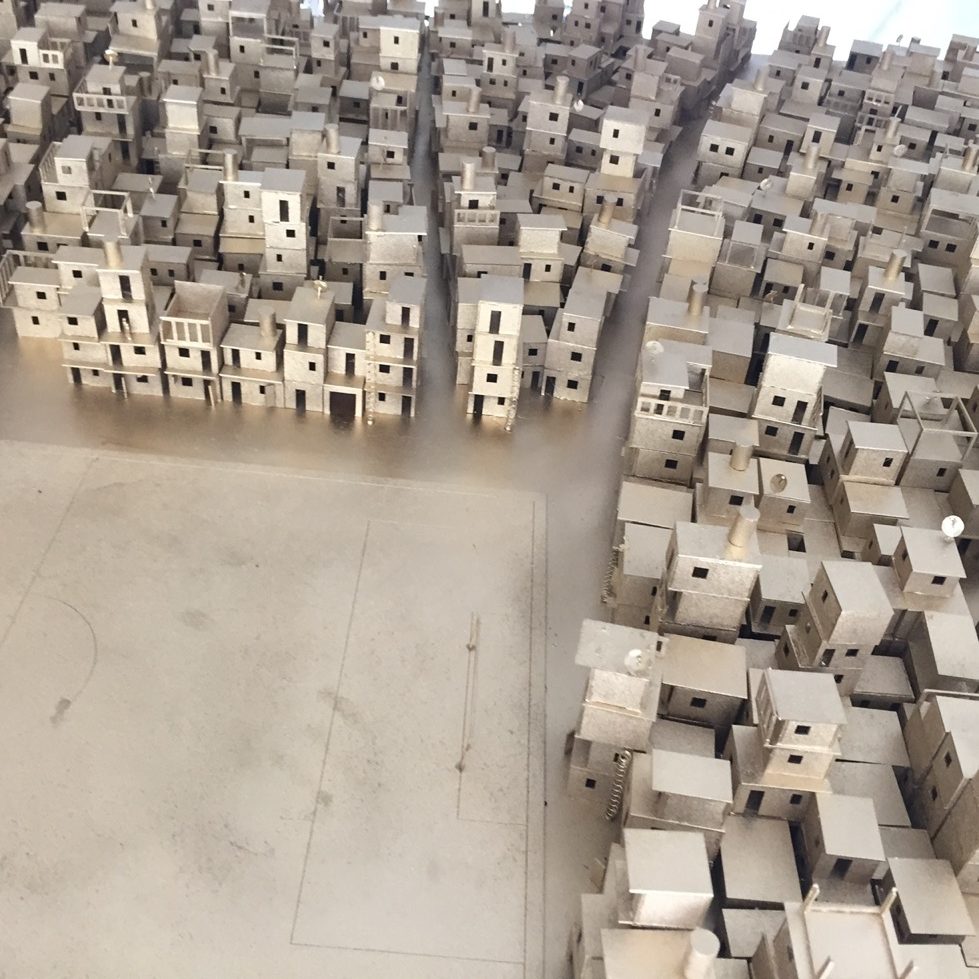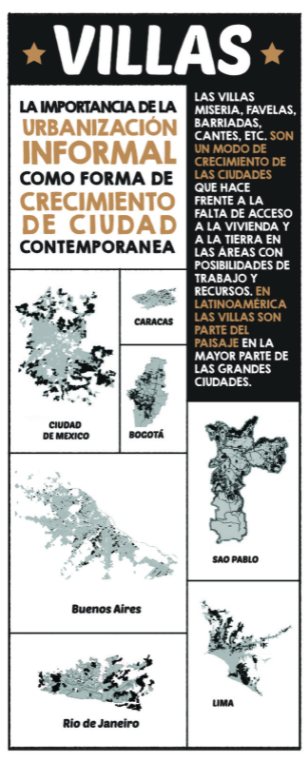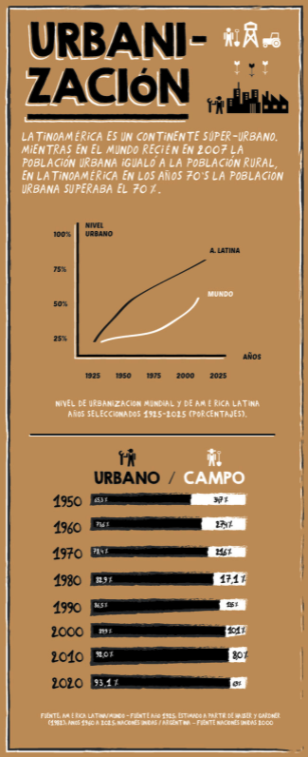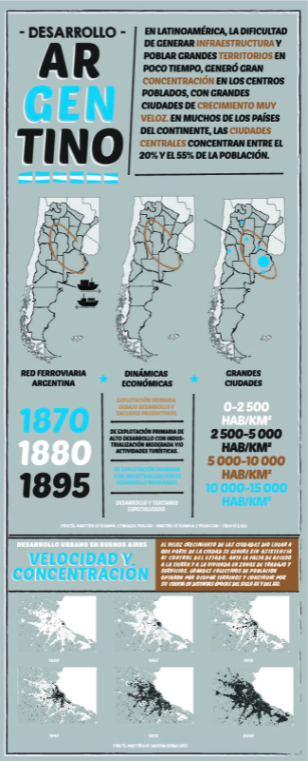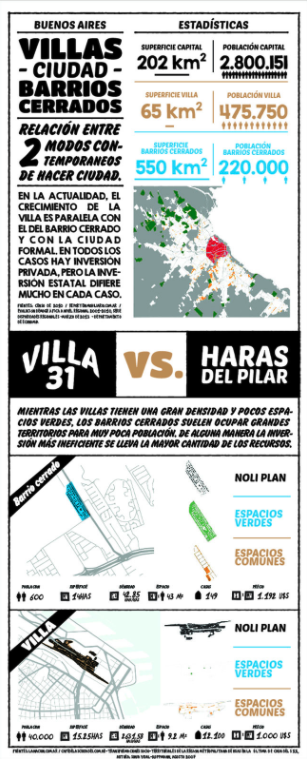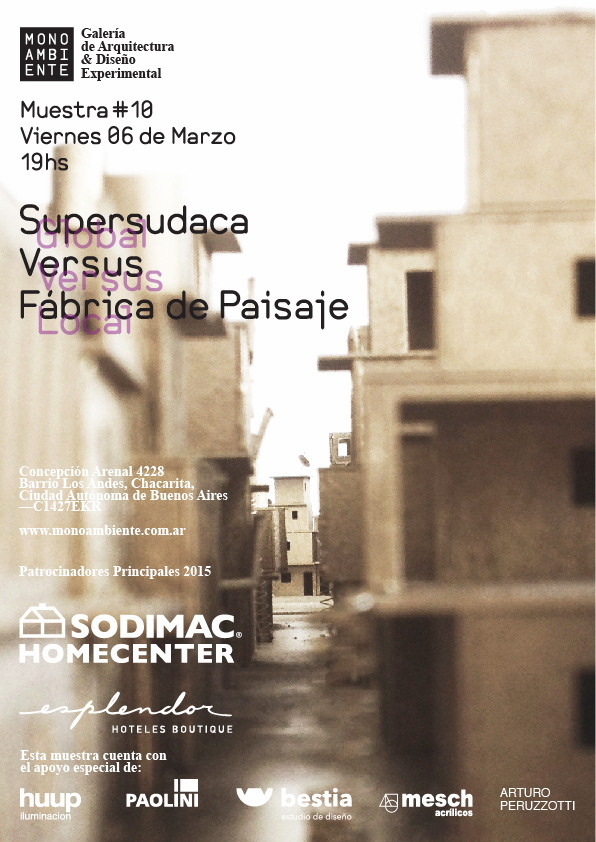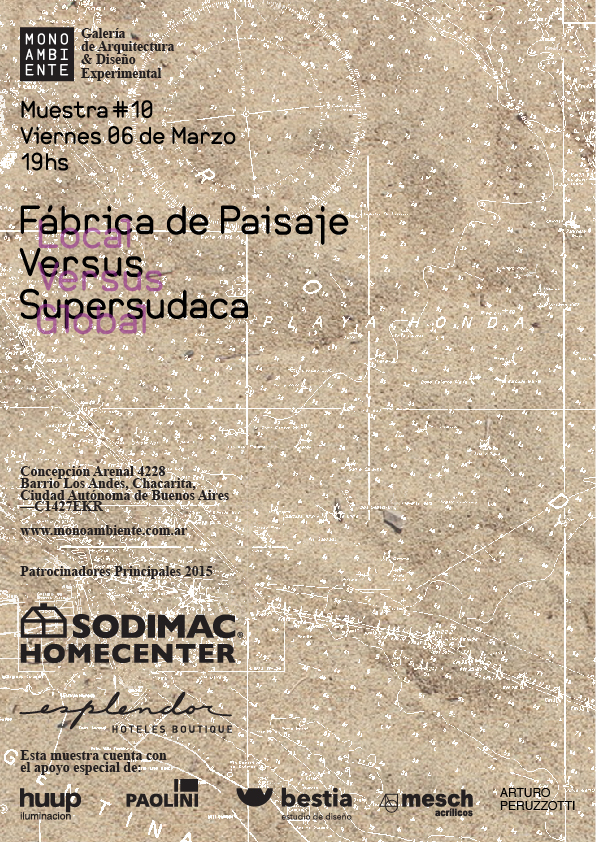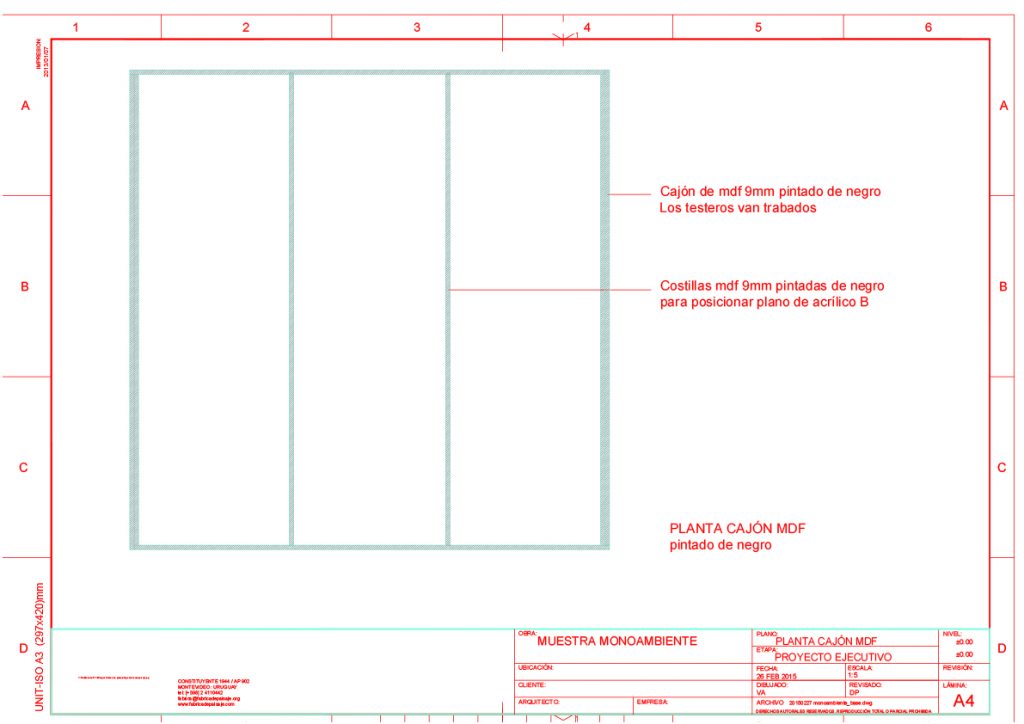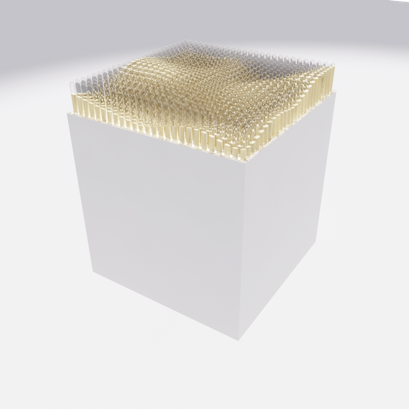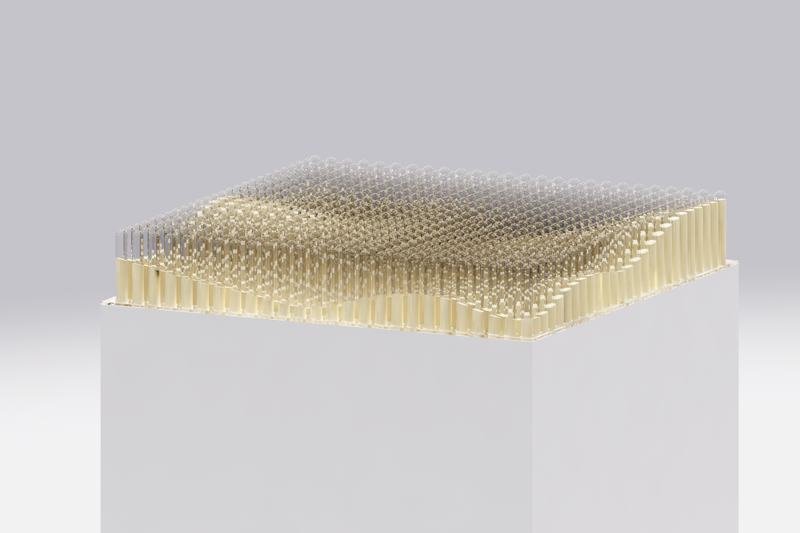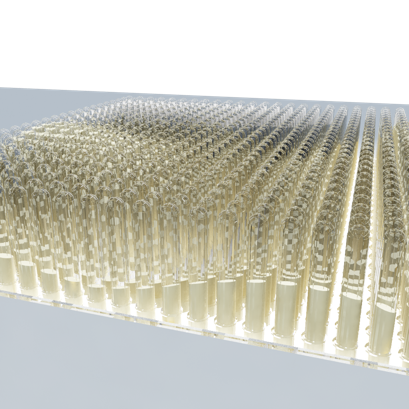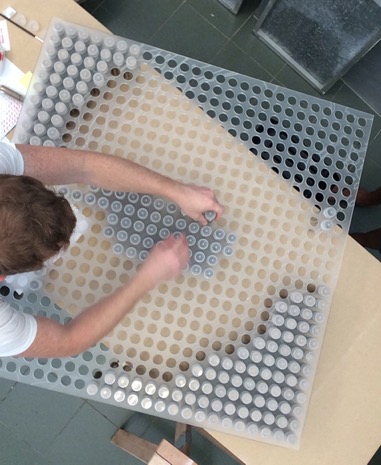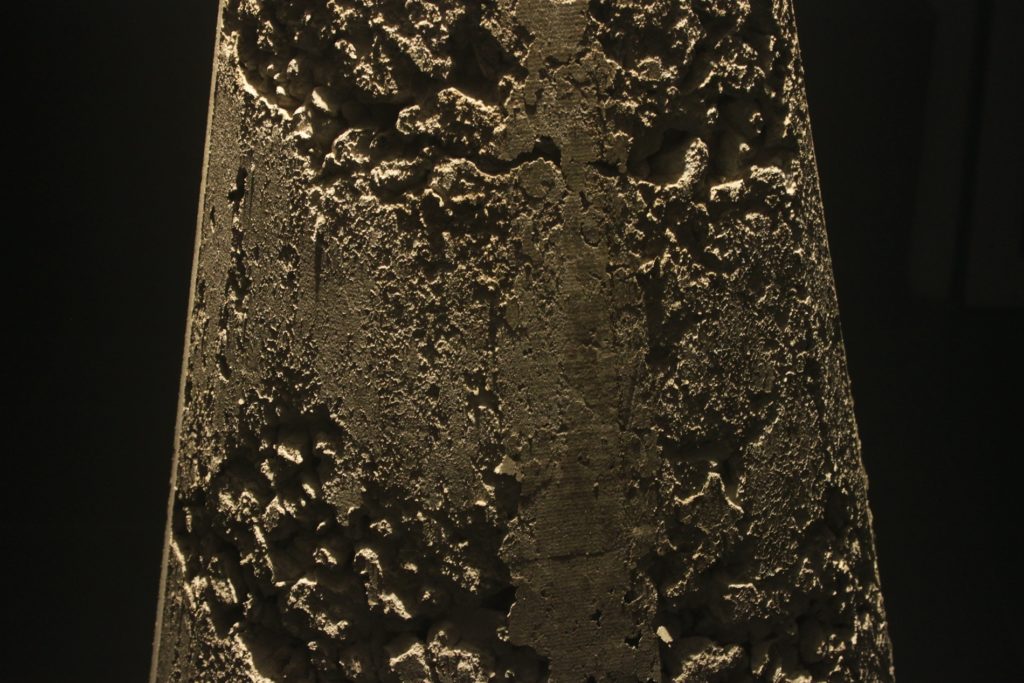
La continuidad de las playas
[The continuity of the parks] by FdP
Friday afternoon in the neighbourhood of La Chacarita was probably like any other at this time of year when Buenos Aires goes from the slumber of a windless summer to the hustle and bustle of a busy autumn. The rattle of the cobblestones of Concepción Arenal street bounced into the Galería, only disguised by the uncurtained window and doorway. The totally empty space was strongly unsettling, as if from the walls of the old building, someone was watching from behind…
A letter lay on one of the side tables:
14 December 1984
BRITISH EMBASSY*
MONTEVIDEO
Mr. Julio César Neves Díaz
Turin 3569 -City
Ref: THOMAS A. WALKER
Dear Sir:
With reference to our conversation of 12 December, I am pleased to inform you that I have just received a letter from our information service in London. Unfortunately, they have been unable to locate details of the company you are interested in. No Thomas A Walker is registered with Companies House or the Public Records Office. The Business Archive Council (located at 201 Tooley St., 185 Tower Bridge RD. London SE1 2UF) carried out extensive research.
In the London Trade Directory of 1895, they found a company called M. T. Walker Ltd., which existed until around 1975. They believe it is possible that Thomas A. Walker may have acted as Latin American agent for a British company of another name; it seems unlikely to me in view of what you told me, although it was common practice in the 1800s. They suggest as another source the Latin American archives of University College London (The Librarian, University College London, Gower Street 120, London).
I regret that I cannot give you a more positive result, but I hope this information may be of use to you.
We take this opportunity to send you our best regards.
J. C. Lam
Second Secretary
*The present text is a preface to the original edition of the book “Canteras y médanos de Conchillas” by Julio César Neves, published in the city of Montevideo in August 1995.
However, Thomas Walker did exist.
The ancient settlers of the Uruguayan coast of the Río de la Plata remember him clearly. Perhaps not his appearance, about which there is often the disagreement: some remember a small old man with an angular face and piercing eyes like daggers, others a thin, pale and almost ethereal boy with a transparent beard, others a coppery giant of almost two metres in height, cheerful and as wide as a barrel of whisky.
His age is also peregrine in the county tales; Mr. Walker is randomly in his decrepitude and is a boy at various times, and associated with distant events in the country. Thus, he is the first-born son of the first Anglican pastor at the founding of the town of Conchillas in 1887, childhood friend of the sculptor Severino Pose in Montevideo (and favourite disciple, “black sheep”, of the master José Belloni) in the first decades of the new century, young adviser to the English ambassador in the first nationalist government and at the same time elderly exploiter in the main aggregate quarry of Colonia, in the middle of the twentieth century.
What they all share, in contrast to his diffuse appearance, is his aura of a stray, the stories of his recurring wanderings through the natural spaces of the department, and his surprising, almost fantastic appearances on the beaches of the Platense riverbank, always in black leather riding boots and accompanied by a slender London dandy’s cane[1].
But what is significant about his existence in the local imaginary is not these erratic historical signs of omnipresence, but the unanimity of the testimonies of his strange and particular attachment to the sand of these coasts.
Searching for the common denominator of their anecdotes, we have been able to reconstruct that the Walker company, administrator of a string of quarries throughout Colonia, enjoyed great success during its first decades of operation as a tireless supplier of material for the docks of the new port of Buenos Aires, which were to replace the old wooden docks.
Surprisingly, and this is where the facts become more confusing, the chronicles place the company on the verge of bankruptcy a few decades later, although the images of the time (and current evidence) verify that the rate of extraction was growing by leaps and bounds. Some say that Mr Walker had gone mad and did not want to sell his sand, and that, as he was immersed in the tireless churning of the machines, he could be heard whispering, as if talking to it.
Other, less orthodox sources claim that he had learned to distinguish perfectly the origin of the sand in his quarries and even to describe the tortuous path its grains had travelled to form, as much as the landscapes they had once inhabited. Thus, the Andean remoteness of the Bermejo River differed from the scent-filled gentleness of the Paraguay River and its Gran Pantanal, the estuaries and lagunas of the Iberá, via the Corrientes River, from the sonorous violence of the Devil’s Throat of the Iguazú, the peaked and green-covered banks of the Pilcomayo River from the quiet currents of the small Yí River.
But perhaps the most disturbing version is the one told to us by an old man from the Uruguay River who claims to have served Mr. Walker in his youth, at the helm of a boat, because this is the one that sheds the most light on the miseries that insanity can bring to a man. According to him, the “Englishman” claimed, before he mysteriously disappeared “a score of years ago”, that he could see in his sand the destination. He claimed to be able to see the contents (the buildings, the city) that his sand contained (which is why he often chose not to sell it), but above all – and this is where the story becomes implausible – he claimed to be able to see through his sand, simultaneously, and in every place where its grains met.
[1] It occurs to me that the non-existence ascertained by Mr Neves Díaz must have its origin in mischief. It is likely that “the Englishman”, needing for some reason to protect his identity, adopted the name Walker as a satire on the intrigue that his vouyeur ways generated in the local inhabitants. It is not difficult to infer that Walker was easier to remember, and less of a source of suspicion, than the tighter Wanderer, which would undoubtedly better match his attitude and attire.
